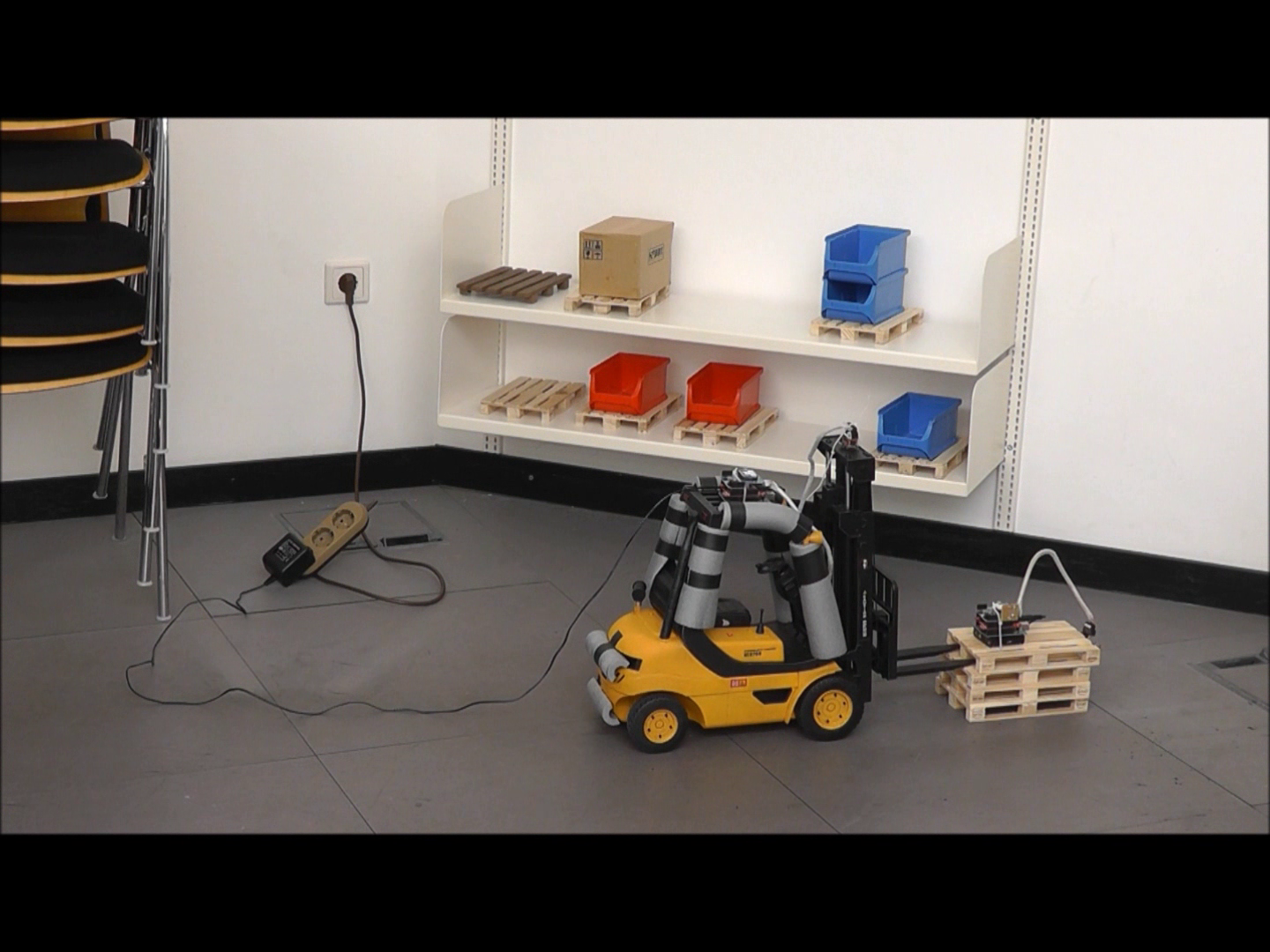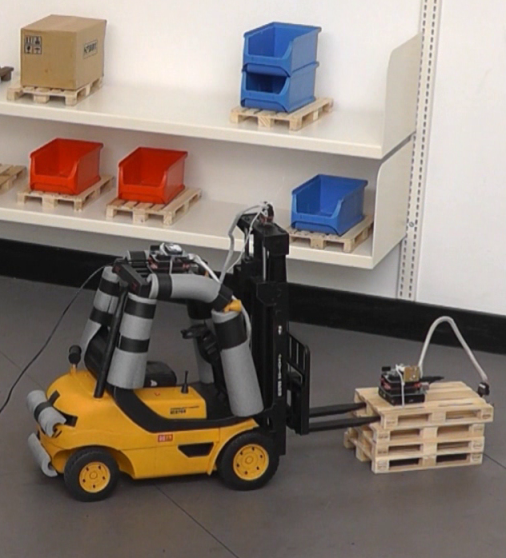ELLIOT (Experiential Living Labs for the Internet Of Things)
About This Game
The main goal of the ELLIOT (Experiential Living Labs for the Internet Of Things) STREP project was to develop IoT technologies and Ambient Intelligence (AmI) services by and for users/citizens. As a result, we experimented with a serious gaming approach to support the ideation phase during a service development. The serious gaming approach is one of the techniques used especially in the BIBA Logistics Use Case.
The game scenario in the logistics use case scenario treats the ideation and aims to elicit requirements for the service, which is to be developed throughout the Living Lab (and its iterations). In the project, it was shown that serious gaming could be a supporting and helpful tool to reach this objective. Furthermore, it has been explained to what extend this objective seems to be reasonable.
The gaming approach was used in the co-creative phase in order to develop suitable IoT services. The ideas developed in the game are passed on to the Living Lab members for further discussion, development and for feedback collection. The utilization of the SG in the logistics use case illustrates how ideas generated in the gaming environment are transferred from the Co-Creation into the Exploration phase of the Living Lab. For this transfer, a sensor toolkit was developed allowing users to physically realize the formerly in the serious game drafted IoT service.
Keywords
Internet of things(IoT), Ambient Intelligence(Aml) services, Ideation, Workshops, Sensors/Actuators, Etnographic methods, Living Lab and Risk Monitoring service
Platform
- OS: Windows (any new version)
- be.mog (server version: 5.0.51b)
- Unity: Unity 5.3.4f1 (64-bit)
Target Group
- Students
- Business Industry
Number of Players
It is Multiplayer game. In General, there is just one player who is driving the Forklift on one screen. But different roles can be allocated to individual players which are as follows;
- Manager
- QM-Officer
- Forklift driver
- Technical Expert
- Member of Works Council

















How it works
In this game, the participants have to develop a risk monitoring service for safety of persons and security of goods based on sensor technologies(e.g. temperature, position, location, humidity, vibration etc.).
The sensor based service actually indicate to workers (forklift driver) that a risk situation may arose when performing certain activities (e.g. speeding and curving).
Within the logistics use case transport activities in a warehouse are modelled. Three main steps are identified in case that a storage rack and a loading area exist.
The storage rack is used to store all goods after entering the warehouse while the loading area is used to prepare whole shipments mainly short before loading.
- Forklift picks up a pallet (e.g. from a trailer at the loading platform) carries it to a storage rack and stores it.
- Forklift takes out a pallet from a storage rack and carries it to a loading area where shipments are prepared.
- Forklift picks up a pallet from loading area and loads it onto a trailer.
The warehouse operates under normal / average conditions, i.e. humidity, dust exposure, temperature etc. are at normal levels.
Still this doesn’t mean, that these characteristics maintain constant throughout the year.
During the seasons these conditions may change, as there is no air conditioning or heating which secures a fixed temperature. But the construction of the warehouse guarantees no frost.
Optional: As neither hazardous goods nor food is stored in this warehouse the influence of such conditions is negligible.
The warehouse operator is a logistics service provider with own assets who servers different customers and provides distribution logistics as well as value-added services.
Value-added services are provided in a separate warehouse.
No dangerous / hazardous goods, no food or perishable goods are transported.
In order to ease the process and to learn about the gaming activity the mentioned steps and goods can also be used individually.
